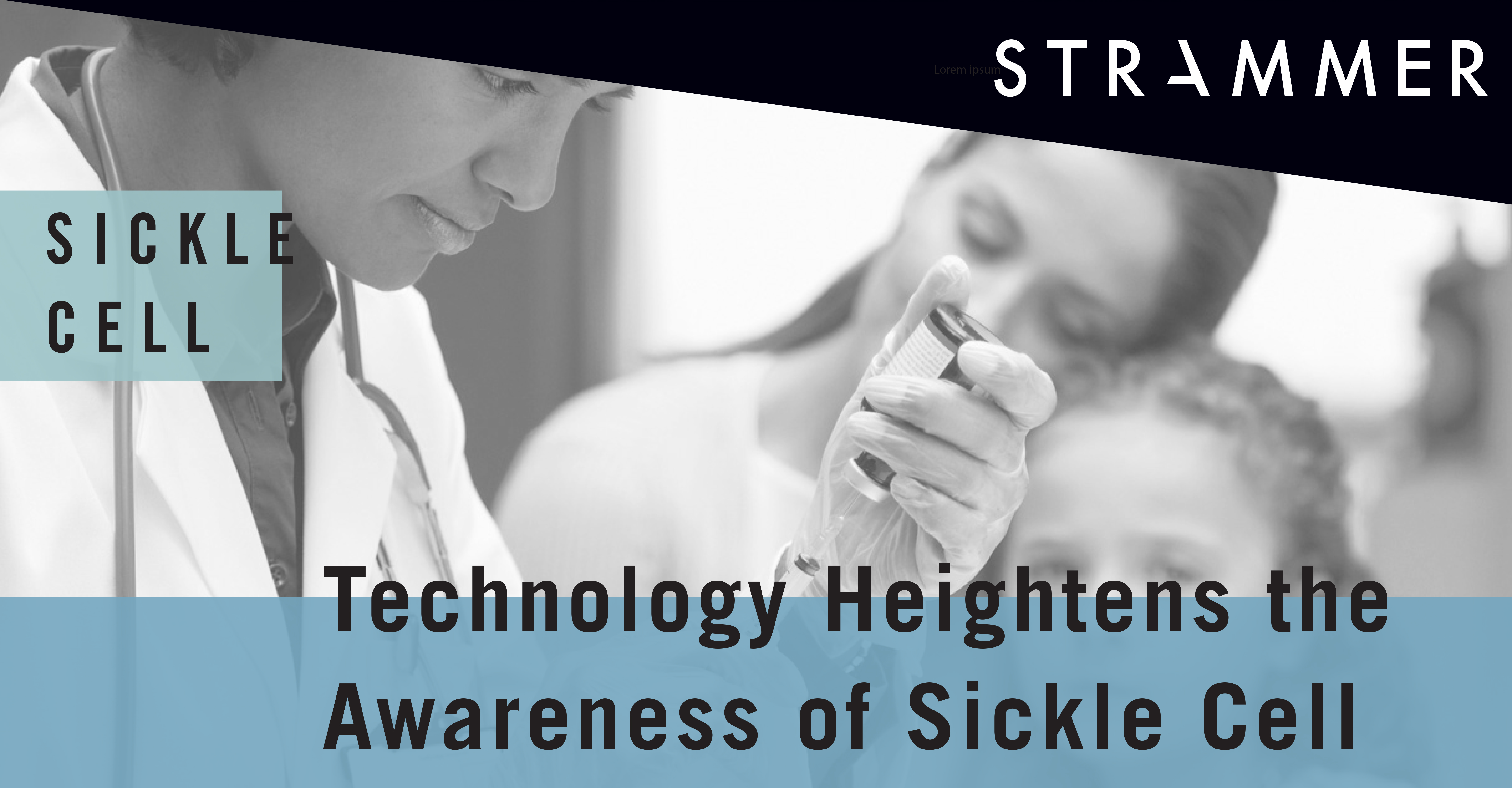Technology Heightens the Awareness of Sickle Cell Disease
Wednesday June 19th marked World Sickle Cell Day, a day that increased the public awareness of the sickle cell disease, any early diagnosis and its cure. With the advent of technology, carriers of the disease will soon find it easier to cope with the ailment and possible be able to avoid having their children face with the once inevitable predicament.
Sickle Cell Disease (SCD) is an inheritable, fatal illness caused by a group of red blood cell disorders classified as ‘sickle cell anaemia’. This is the result of the abnormally low amount of haemoglobin which further deforms the shape of the cells allowing them to be blocked in the small blood cells. This blockage restricts the flow of oxygen and blood in and around the organs which can affect their function.
Recognised as a public health problem, the United Nations General Assembly adopted a resolution in 2008 as sickle cell disease became a common genetic disease spreading worldwide. The resolution called for countries to acknowledge the growth of the disease and support the ways on how to manage it at a national and international level.
Based his knowledge and research on sickle cell anaemia, Professor of Anatomy, Oladapo Ashiru, has confirmed the importance of knowing one’s genotypes for the awareness, treatment and prevention of SCD. He went on to comment: “For those who are married and are sickle cell carriers, the danger is that they can have a child, who is also a carrier. In this age, there should be no reason why they should bring a child with sickle cell anaemia into the world because there are now technologies available to determine the genetic composition of a baby before the embryo is implanted.”
Furthermore, each year a variety of organisations are encouraged to join the campaign the world sickle cell campaign and partake in different activities. For example, the Sickle Cell Society, established since 1979, has been active in assisting families and patients affected by the disease through means of securing welfare and aid, providing information, etc. Others, like the Centre for Disease Control and Prevention or the CDC Foundation, have diligently tried to reach out to the younger audience, especially those who are potential carriers of the disease. Their aim was to educate young adults as well as provide a platform for young patients to allow them to voice their opinions and address concerns on the illness.
Although the SCD is still relatively new in many parts of Europe, the illness is still a threat for the country. Due to the increase in migration, that is, global and intra-EU mobility, the number of patients in the EU is increasing. The last records from the European Medicine Agency in 2017 showed that 2.6 out of 10,000 people suffer from SCD.
Therefore, with the help of charities, NGOs and modern science, it is now very practical and useful to address and treat cure sickle cell disease, which can be costly. The only current cure for this disease is either a blood transfusion or bone marrow transplant which can cost patients thousands of dollars. However, these expensive treatments do help to reduce symptoms so that patients can live in a better condition or state of health and can ultimately prolong their lives.
References:
- World Sickle Cell Day: New technology can prevent condition —Ashiru, June 2019, Punch Health.
- World Sickle Cell Day, 201, Sickle Cell Society
- Tackling Sickle Cell Disease: the need for a European approach, May 2019, EHA
- World Sickle Cell Day 2018: Empowering Teenagers To ‘Step Up’, June 2018, CDC Foundations
- Sickle Cell Disease, National Heart, Lung and Blood Institute, NHLBI





